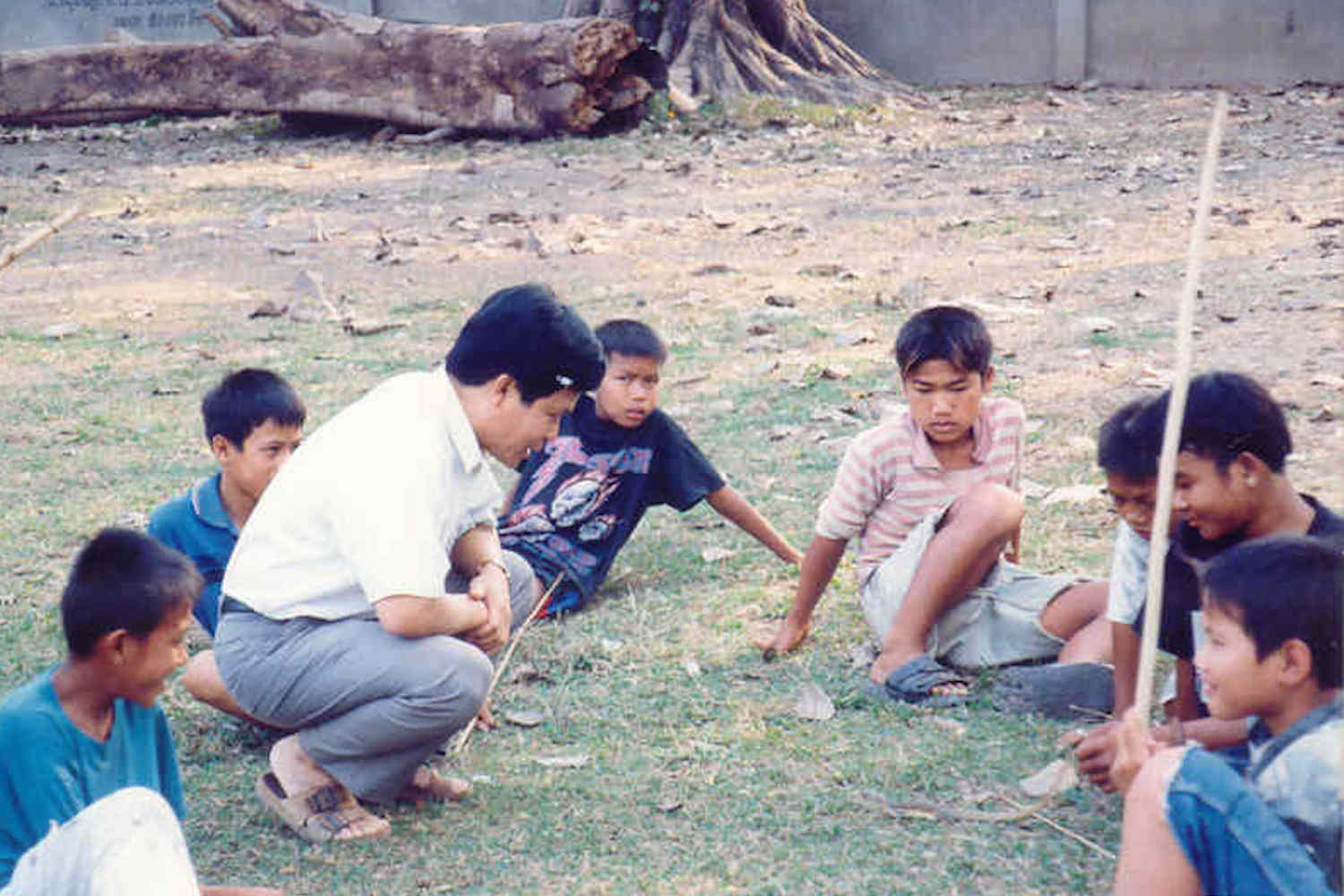New Europe: 31 August 2014

by Nicolas Beger
The International Day of the Victims of Enforced Disappearance was marked on 30 August. Many of us will have given special thought to Sombath Somphone, one of many such victims.
Sombath is known across Southeast Asia. But today, his whereabouts still remain shrouded in mystery. On 15 December 2012, Sombath was driving outside Vientiane, Laos, when, as video evidence shows, he was stopped at a police post. A truck with flashing lights arrived.
As police looked on, Sombath was bundled into it by men in civilian clothing. Police investigations have been far from thorough and failed to make full use of available video footage.
And no one has seen him since. Described by friends as ‘mild-mannered’, Sombath worked for over 30 years on grassroots community activities. His development work and help to poor farmers won him one of Asia’s most prestigious civil service awards. Sombath worked closely with the Lao authorities, and organised a civil society event on development around the Asia-Europe Meeting (ASEM) just before his disappearance.
Those close to Sombath believe his work around ASEM made him a target of enforced disappearance.
This is defined under international law as the ‘arrest, detention or abduction of a person by state officials or their agents, followed by a refusal to acknowledge the deprivation of liberty or by concealing the fate or whereabouts of the person’.
This illegal practice exposes victims to ill-treatment and torture, while intimidating witnesses, family members, lawyers, and human rights defenders.
Given the seriousness of Sombath’s case, family and friends, civil society and NGOs (including Amnesty International), the United Nations (UN), and the European Union (EU) have all called for his disappearance to be thoroughly investigated, and for his safe return.
Multiple EU statements and actions have highlighted Sombath’s case, and what appears to be a state crackdown on dissenting voices in Laos.
These have included statements by Catherine Ashton, High Representative for Foreign Affairs and Security Policy, who encouraged Laos’ ‘efforts to investigate this case with the aim of ensuring the return of Sombath Somphone to his family’; resolutions and visits by the European Parliament; and the May 2014 human rights dialogue with Laos. Sombath’s case is an instance where we have witnessed the EU translating some of its human rights commitments into meaningful action.
Yet as Sombath’s whereabouts remain unknown, continued engagement is needed. In October, the Milan ASEM meeting will mark almost two years since Sombath’s disappearance and represents an opportunity for the EU and the Italian presidency to call for his safe return.
The EU and member states should also work to ensure Laos ratifies the International Convention for the Protection of All Persons from Enforced Disappearance (following its signature in 2008). Given Laos’ ambition to join the UN Human Rights Council in 2016-2018, Sombath’s enforced disappearance represents a key test of its commitment to promote and protect human rights.
New opportunities await the new EU leaders to raise Sombath’s case and those of other enforced disappearance victims worldwide, for example in Syria.
Overall, we need to see strengthened EU and member state commitment to prevent and respond to enforced disappearances under the action plan on human rights.Until Sombath is safely returned, pervasive impunity will impact not only his family but all of Laos’ civil society.
Sombath’s case shows the potential for the EU to act. We can only hope to see the EU do more in future: to give real remembrance to the many disappeared worldwide through swift, continuous, public action that uses all leverage possible.

Words are great, if they result in something besides more words. The nations that support the Lao government with funds must sever the monetary pipelines now. The LPDR [sic] cannot be allowed to continue spitting on the letter writers and speech makers.